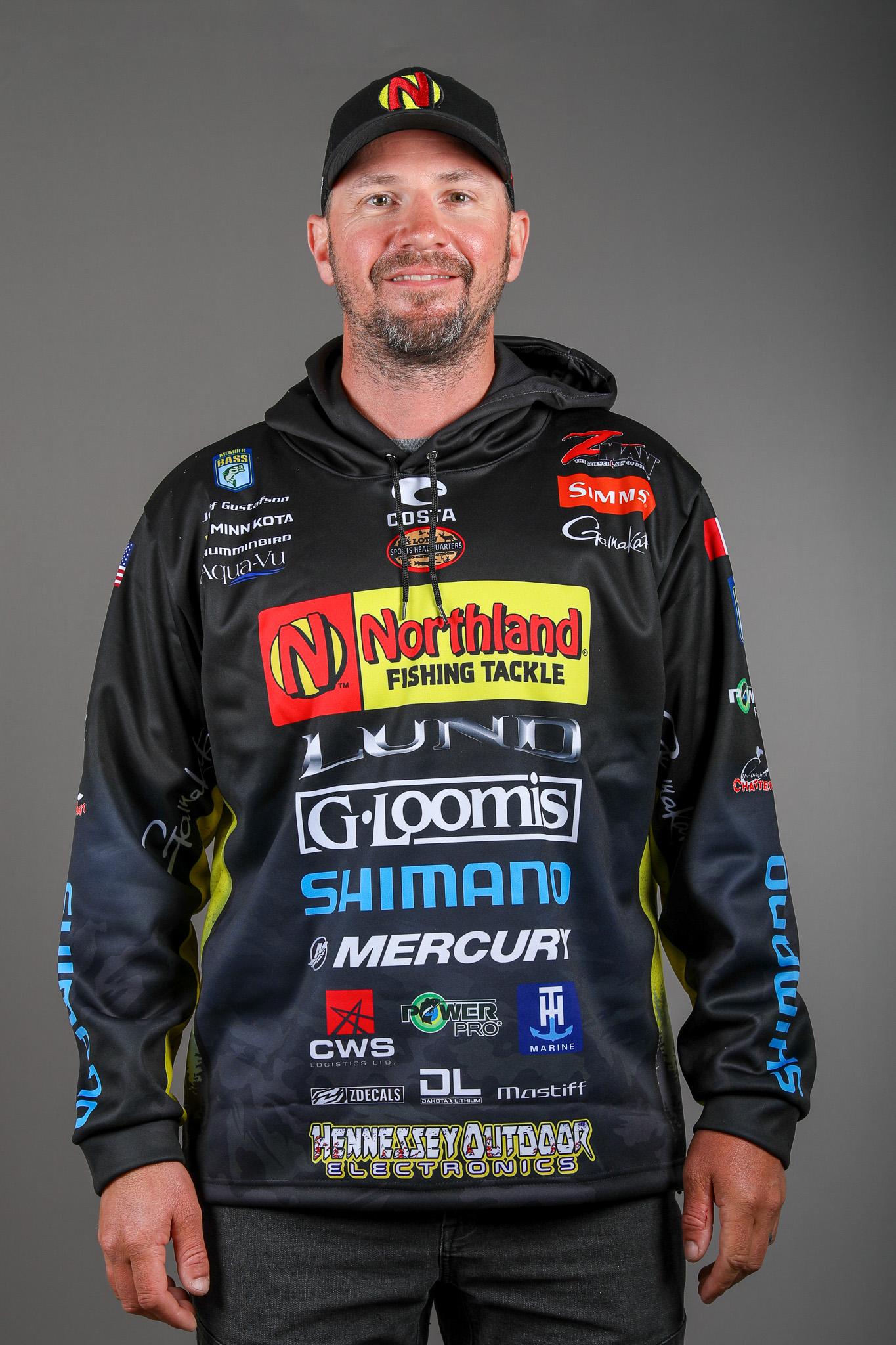
I’m up in Canada, and fall is long past. It was 20 degrees below zero at my house last week. But for most of you it’s still late fall or early winter. Your water is somewhere around 50 degrees. At least that’s what I’ve been told, anyway.
That’s perfect for a technique we use up here on suspended smallies. Basically it’s a soft minnow on a jighead. We’ll start with the minnow.
There are dozens of brands that look good, and some of them get the job done. My choices are all between 3 inches and 6 inches in length. The 4-inch size is the best for me, but when the fish are especially finicky I will drop down to a 3-inch model. If they’re really aggressive I’ll move up in size. Size is something you have to decide on when you’re actually out fishing. There’s no hard and fast rule.
What is a hard and fast rule, however, is that your minnow must be perfectly straight. Any bend or twist in the body or in the tail will cause it to wobble and spin on the retrieve. You never, not ever, want that to happen. You’ll see why in a minute.
My preference is the Z-Man StreakZ. We don’t have shad up here so I go with either smelt (silver) or with shiner (brownish). You may want to go with something that looks more like a shad or an alewife if that’s what they eat where you’re fishing. The important thing is to keep it natural looking.
I fish my ShadZ on a jig head that has a natural looking head and a heavy hook. My choice is a Northland Slurp Jig. I usually fish a 1/8-ounce weight when I’m casting but that can vary depending upon the depth of the fish and the wind.
The idea is to target suspended fish. My best places are all main lake structure areas. You have to look before you start fishing.
I cast my bait out with a long cast and let it fall down to about 10 feet. That’s a good starting point. You can always move up or down as conditions warrant. I then wind it back with a slow and steady retrieve. The idea is to move the bait horizontally with as little action as possible. This is cold water fishing. Nothing in the water moves fast or erratic.
Sometimes you’ll see the fish suspended under your boat on your electronics. When I see them on my Humminbird units I stop the boat and drop the same lure combination I’ve talked about directly under the boat. I don’t jig it or move it around — just perfectly straight with little movement.
I do make one change to my presentation, however. I go up in weight on my jighead. Something around a 1/4-ounce or 3/8-ounce is about right most of the time.
Something else that’s very important: Regardless of whether you’re casting or fishing under the boat, always keep your lure above the fish. They won’t go down for anything at this time of the year. There are no exceptions to this principle.
If you want some perspective on what’s really going on, think about it like you would the float-and-fly that’s popular in Tennessee and the surrounding area. It’s about presenting something to the bass that they didn’t know they wanted until they see it.
If you want to do this right you need a flexible spinning rod, a good reel and high-quality light line for this technique. I fish with a G. Loomis spinning rod — 7 foot, 3 inches long, medium action. The model number is NRX 872S JWR. My reel is a Shimano Stradic Ci4 in the 2500 size. I spool it with 10-pound-test yellow Power Pro braid and use a 10-pond-test fluorocarbon leader.
I use different brands of fluorocarbon, but they are all high-quality. Don’t buy cheap, off-brand fluorocarbon line. If you do, you’ll be sorry.
This should give you a look at a common technique for catching late season smallmouth in Canada. I’ll bet it’ll work on those living in the States, too.





